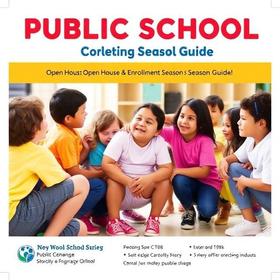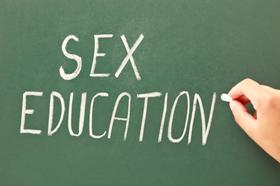As Common Core Standards take their place in public schools across the country, some are left wondering how these new standards will impact the education students have received in the past. Of particular concern is the shift the Common Core Standards seems to promote from the reading of classic fiction to nonfiction within the classroom. The worries over how the standards will change the standard English class have accelerated and snowballed into some wringing their hands over the disappearance of Shakespeare and other classic literary writers from the classroom. However, proponents of the new national education standards are adding their two cents to the discussion, saying the worries are unfounded and simply untrue in some cases.
This video explains the relevance of studying Shakespeare.
What are the Common Core Standards?
The Common Core Standards were developed by the National Governors Association and the Council of Chief State School Officers, as an effort to find a viable alternative to the failed policies of No Child Left Behind. The first draft of the standards was released in 2009, according to the website for the ASCD. According to Education Secretary Arne Duncan, the purpose of the Common Core Standards was to raise the bar on the education standards across the country, in order to prepare students for the rigors of higher education or the workforce after graduation.
The standards were created with input from hundreds of educators nationwide. While the standards were developed on the federal level, they leave states to determine how to best meet the standards within their local school districts. The standards were designed to be clear and evidence-based while offering sufficient rigor in terms of content and application of knowledge. They are also in line with the standards of other countries, with the goal of keeping U.S. students competitive in a global marketplace.
Common Core Standards in English
The Common Core ELA standards require a mix of content for students at all grade levels, according to the Core Standards website. Content includes myths and international stories, American literature, American history documents, and classics from Shakespeare. The standards also create a “staircase” for content complexity for the purpose of preparing students for the complex reading material required at the college level. Currently, many students are not able to read at the appropriate level of complexity when they enter college, which makes coursework at this level significantly more challenging.
Under the new standards, English teachers will be required to incorporate a mix of fiction and literary non-fiction into the mix. Non-fiction requirements will also extend to other classes, including science and social studies, to ensure students develop the needed skills to read informational content as well. According to the website, the specific mix and reading lists will be determined by the state government and local school boards.
This video offers an overview of the Common Core standards for English.
Concerns Voiced
Although the standards do include fictional listings in their core requirements, many educators, writers and lawmakers have voiced concern over the new non-fiction requirements issued by the Common Core Standards. Panda Whale republished an op-ed piece by Joel Stein that lamented over the disappearance of Shakespeare and other classic literature that was coming to public schools with the new standards. According to Stein, if fiction is withdrawn from the public school classroom, students will stop learning how to effectively tell a story – a skill that is required for many different modes of communication today.
Another op-ed piece in the New York Times refers to the new battle over the standards as a “fiction versus nonfiction ‘smackdown’.” In this piece, the writer also voices concern over requirements that by 12th grade, 70 percent of what students read in class will be restricted to non-fiction titles. The writer worries that students at this level will be subjected to reading “recipes and train schedules,” rather than classic literary works. The writer makes the point that nonfiction work is not literature and fails to “nourish the soul.”
Are concerns Unfounded?
Those who put the work into developing the standards agree that a focus on reading nonfiction is a new requirement for schools. David Coleman, president of College Board and contributor to the standards, is quoted at the New York Times as stating high school classrooms today focus too much on self-expression, which is not a skill required by today’s workforce.
“It is rare in a working environment,” Coleman explained, “that someone says, ‘Johnson, I need a market analysis by Friday, but before that I need a compelling account of your childhood’.”
In addition to preparing students for a wide range of reading and writing styles, the Common Core Standards focus on helping students tackle content complexity – a major selling feature for the standards to many educators today. The ability to comprehend and analyze complex text is one that will serve students well, both in the realm of higher education and in today’s workforce.
It should also be noted, according to an article at the website for the Thomas B. Fordham Institute, that requirements to add non-fiction reading at the higher grades is not restricted to the English classroom. The purpose of these percentages is to encourage higher-level reading in other classes as well, such as history, science and social studies. This article suggests that the choice of quality text will also make a bigger difference than the type of text that is used.
This video offers another take on the Common Core Standards for English.
While there has been plenty of controversy surrounding the Common Core Standards, the truth is that most of the states across the country have already adopted the standards as the foundation upon which to build. With most schools nationwide subscribing to the new standards, time will tell whether the standards will hit the mark or fall painfully short once again.
Questions? Contact us on Facebook. @publicschoolreview














